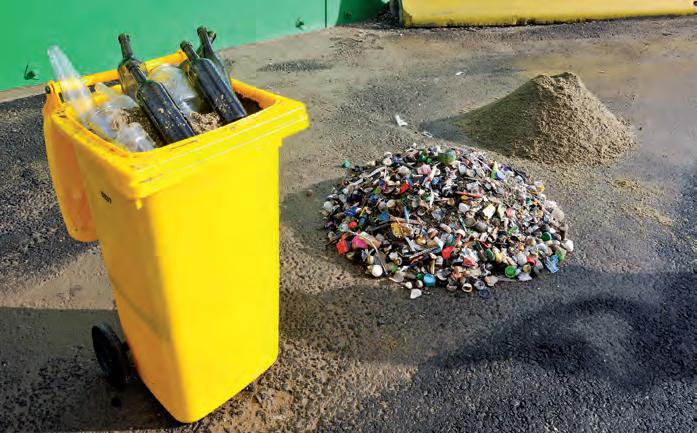AAPA releases the results of its 2019/20 laboratory proficiency testing program.
2019/20 AAPA PROFICIENCY
PROGRAM OUTCOMES NORBERT MICHEL FROM THE AUSTRALIAN ASPHALT PAVEMENT ASSOCIATION DETAILS THE OUTCOMES OF THE 2019/20 ROUND OF ITS LABORATORY PROFICIENCY TESTING PROGRAM. The annual AAPA proficiency testing program, which has been administered since 2004, represents a national undertaking with a good representation from laboratories from all states, territories and New Zealand. One of the main objectives of the program is to pursue harmonisation of test methods, to improve and ensure consistent material testing processes are applied across the industry.
process outlined in the Guide to Proficiency Testing Australia (PTA, 2016) and EN ISO/IEC 17043:2010. Several tests are included in every proficiency testing round for comparison with previous years. This ensures consistency and an ability to assess the efficiency of process control across the industry. Detailed instructions are provided to each participating laboratory outlining the approach to be undertaken.
HOW DOES THE PROGRAM WORK? The proficiency testing program is undertaken on a homogenised batch of pre-prepared material, from which samples are taken and sent to participating laboratories. The participating laboratories report the results of the tests they undertake on these samples. The AAPA proficiency testing program, and analysis of the data, follows the
OVERVIEW OF THE 2019/20 ROUND For the 2019/20 round, AAPA included a new test stream within the program. This test stream (Stream 7 – PMB testing) was introduced to broaden the scope of testing on materials used across the flexible pavements industry. For this stream, samples of A15E binder in 2 litre tins were provided to all registered participants. The full range of tests undertaken as part
16
ROADS NOVEMBER 2020
of the program include: 1. Asphalt testing (tests related to asphalt product acceptance) 2. Binder recovery 3. Aggregate and filler tests 4. Resilient modulus 5. Wheel tracking test 6. Moisture sensitivity: Tensile strength ratio (TSR) 7. Polymer Modified Binder (PMB) tests Samples were distributed to all participating laboratories from across Australia and New Zealand based on the range of tests that they registered to participate in. Table 1 provides an overview of the sample distribution for the different streams and the response rates achieved for each of the streams based on the number of result entries received. Each participating laboratory was issued a unique identification number for the purpose of reporting the results anonymously.

















